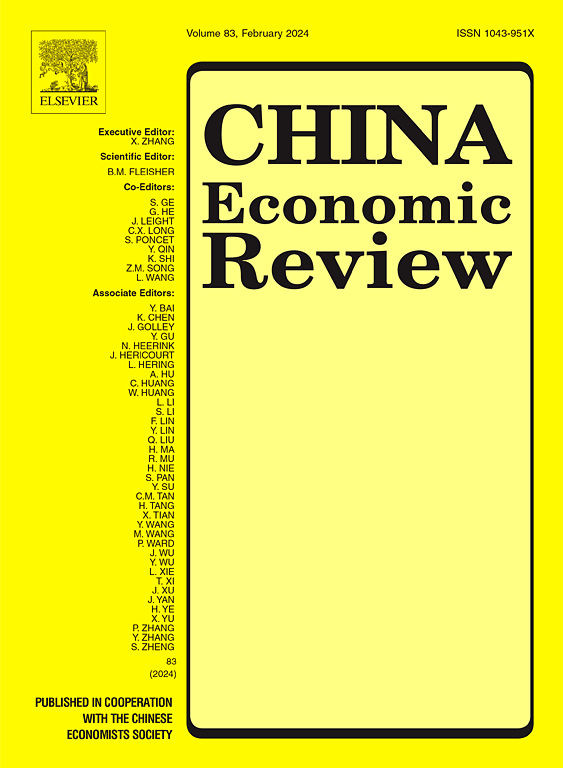Transforming consumption: How E-commerce reshape online shopping behavior and household spending
IF 5.2
1区 经济学
Q1 ECONOMICS
引用次数: 0
Abstract
The high savings, low consumption dilemma among Chinese rural households remains a persistent development challenge. Emerging digital e-commerce adoption may recalibrate this imbalance. This study presents the first systematic examination of how Rural E-commerce Demonstration Counties (REDC) program influences rural household consumption patterns, leveraging data from the China Household Finance Survey (CHFS) spanning 2013 to 2021 combined with geospatial Points of Interest (POI) data sourced from navigation platforms. Our staggered difference-in-differences estimates reveal that the REDC program increased rural households' online shopping participation rate by 1.9 percentage points on the extensive margin. At the intensive margin, the program expands consumption options without reducing offline consumption. The mechanism analysis indicates that government investment in logistics serves as the primary channel for the increase in online shopping, accompanied by a concomitant increase in local labor supply that could be associated with more opportunities in logistics. Furthermore, we verify the digital inclusive function of e-commerce through heterogeneity analysis and find that households with limited resources benefit more from the REDC program. Our findings advance understanding of how targeted e-commerce policies reshape households' consumption patterns, offering developing countries actionable insights for designing digital inclusion programs.
消费转型:电子商务如何重塑网上购物行为和家庭消费
中国农村家庭的高储蓄、低消费困境仍然是一个持续的发展挑战。新兴数字电子商务的采用可能会重新调整这种不平衡。本研究首次对农村电子商务示范县(REDC)计划如何影响农村家庭消费模式进行了系统研究,利用了2013年至2021年中国家庭金融调查(CHFS)的数据,并结合了来自导航平台的地理空间兴趣点(POI)数据。我们对差异中差异的交错估计显示,REDC计划将农村家庭的网上购物参与率提高了1.9个百分点。在密集的边际上,该计划在不减少线下消费的情况下扩大了消费选择。机制分析表明,政府对物流的投入是网络购物增长的主要渠道,随之而来的是当地劳动力供给的增加,这可能会带来更多的物流机会。此外,我们通过异质性分析验证了电子商务的数字包容性功能,发现资源有限的家庭从REDC计划中获益更多。我们的研究结果促进了对有针对性的电子商务政策如何重塑家庭消费模式的理解,为发展中国家设计数字包容计划提供了可操作的见解。
本文章由计算机程序翻译,如有差异,请以英文原文为准。
求助全文
约1分钟内获得全文
求助全文
来源期刊

中国经济评论
ECONOMICS-
CiteScore
10.60
自引率
4.40%
发文量
380
期刊介绍:
The China Economic Review publishes original works of scholarship which add to the knowledge of the economy of China and to economies as a discipline. We seek, in particular, papers dealing with policy, performance and institutional change. Empirical papers normally use a formal model, a data set, and standard statistical techniques. Submissions are subjected to double-blind peer review.
 求助内容:
求助内容: 应助结果提醒方式:
应助结果提醒方式:


